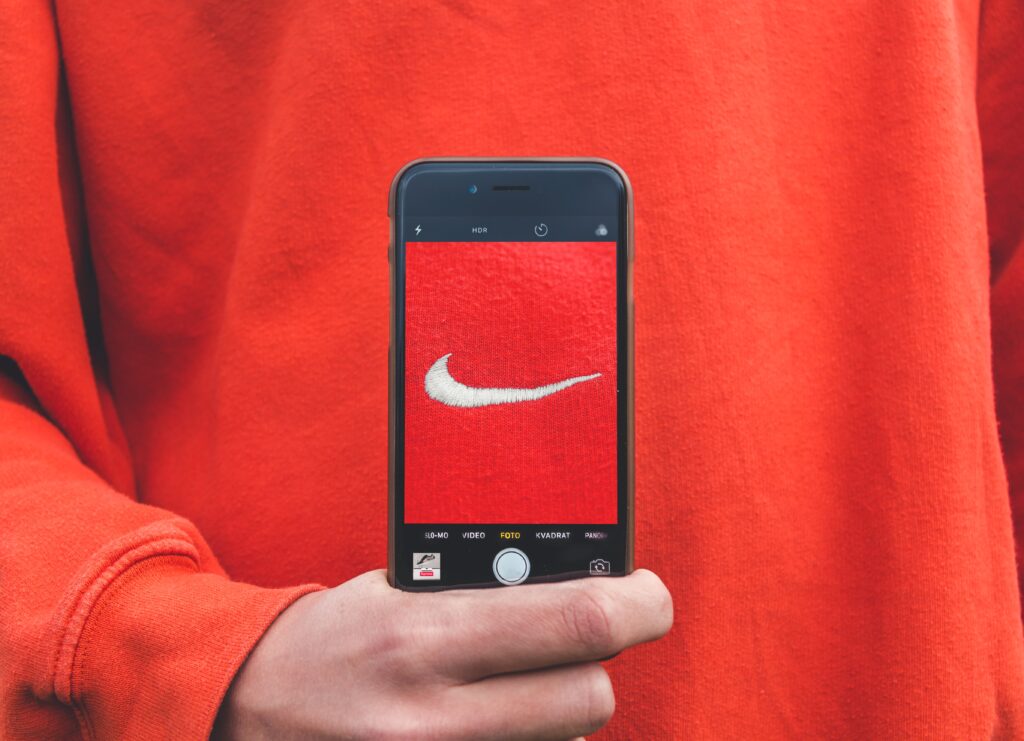Table of Contents

A collaboration between brands can work wonders. It can increase your brand value and awareness and help you break into markets that may have previously been considered impossible. And as a result, your additional revenue streams can increase.
Brand collaboration
Here’s a nifty example, ever got in a cab playing music you consider painful to the ear? Spotify did a collaboration with Uber which allowed passengers to link their Spotify accounts with Uber. This meant that an arriving taxi could be playing your music as soon as you stepped into it. This is a story of a perfect synergy between two brands for a playful and successful collaboration. But, of course, there are others cases, they aren’t quite so successful.
For the purpose of your marketing strategy, you’ll want to identify the reasons for the collaboration. You’ll also want to set out the benefits you will gain from it and whether it fits with your own brand’s values. Once you’ve gone through the ideal potential collaborations, it’s important that you consider the legal aspects of creating a partnership with another brand:
How will your brand be represented throughout the partnership?
There are 3 categories to be aware of when going into a branding partnership. These are categories will define how your brand feature throughout the partnership:
-
- Ingredient co-branding: where a component or an ingredient of a product or service is given it’s own identity.
- Cooperative co-branding: is a strategy that links two existing brand names to create an identity for a new product.
- Complementary co-branding: is the co-location of two retail outlets within the same physical space.
The agreements made with the partnership and the relationship that the brands each have will determine the placement of your brand in the marketing material. Will one brand be more prominent than others depending on the marketing campaign? Which brand will go where in the collaboration? This should be disclosed before the campaigns are created.
Keep your brand integrity in mind
Whilst in a partnership with another brand, it’s important to recognise that you’re still your own brand. Therefore, keeping your brand integrity is crucial. There will be instances when a co-branding partner wishes to use your brand and you need to ensure they do so online within the guidelines of your partnership.
This is where you can put quality control provisions in place to outline where and when your branding can be used. Ensure the brand is aware of the rights involved during the collaboration. Also, what will you do to suspend the relationship if it starts to sour? This is something else that you need to consider carefully.
Will there be rights to exclusivity available?
With the partnership in question, will there be any exclusivity rights where it can be used in particular circumstances? Can it be used exclusively in a particular industry for the sake of better revenue? Can it only be used in a particular region or country? These are contractual clauses that need to be agreed upon before beginning a partnership.
Which brand partner will be covering costs for product development and market research?
When collaborating with another partner, consider the costs involved with creating a new brand campaign. Which partner will be covering the majority of the costs and what will be paid for? If research and development may be required for the campaigns, will the costs be split evenly? If they are split evenly, who is then responsible for any new innovations that develop from the R&D? Is it a collaborative effort?
There are many complexities involved when it comes to a partnership with another brand. Recognition for each other’s work and who’s contributed to what is extremely important.
In the end
Before you take another step towards a collaboration with another brand, ensure that your legal points are in place first. Once in place you can then start to think about how you can maximise your campaign and enjoy the benefits the collaboration will bring.
Jamie Costello is a legal assistant based in Manchester, UK. The topics he writes about varies from business law to dispute resolution. He uses his knowledge from education and employment. He used his experience working alongside a design agency to help collate this article in particular.
This article does not constitute legal advice.
The opinions expressed in the column above represent the author’s own.
Start managing your legal needs with Zegal today
READ MORE: Data Science as a Bridge Between Business and Technology
FURTHER READING:Common Challenges Companies Face When Adopting Remote Work
You Might Also Like:
Along with this document, make sure you see these other templates in our library:




